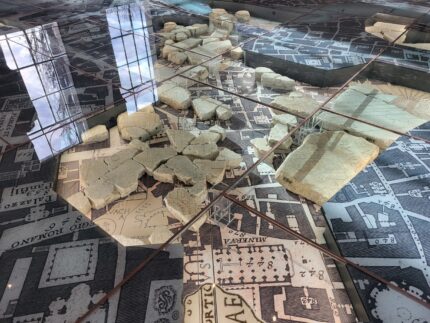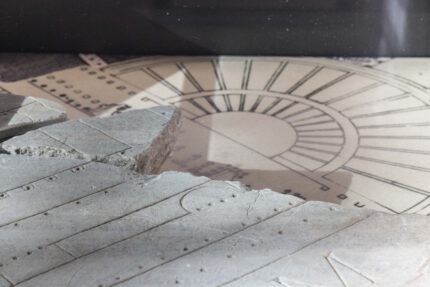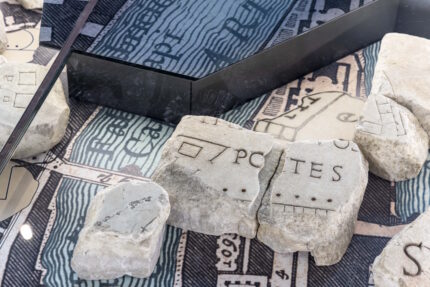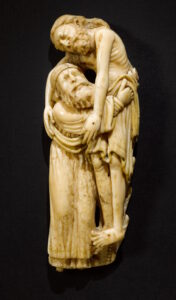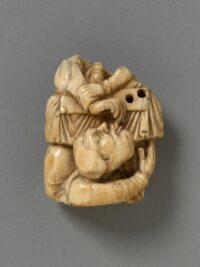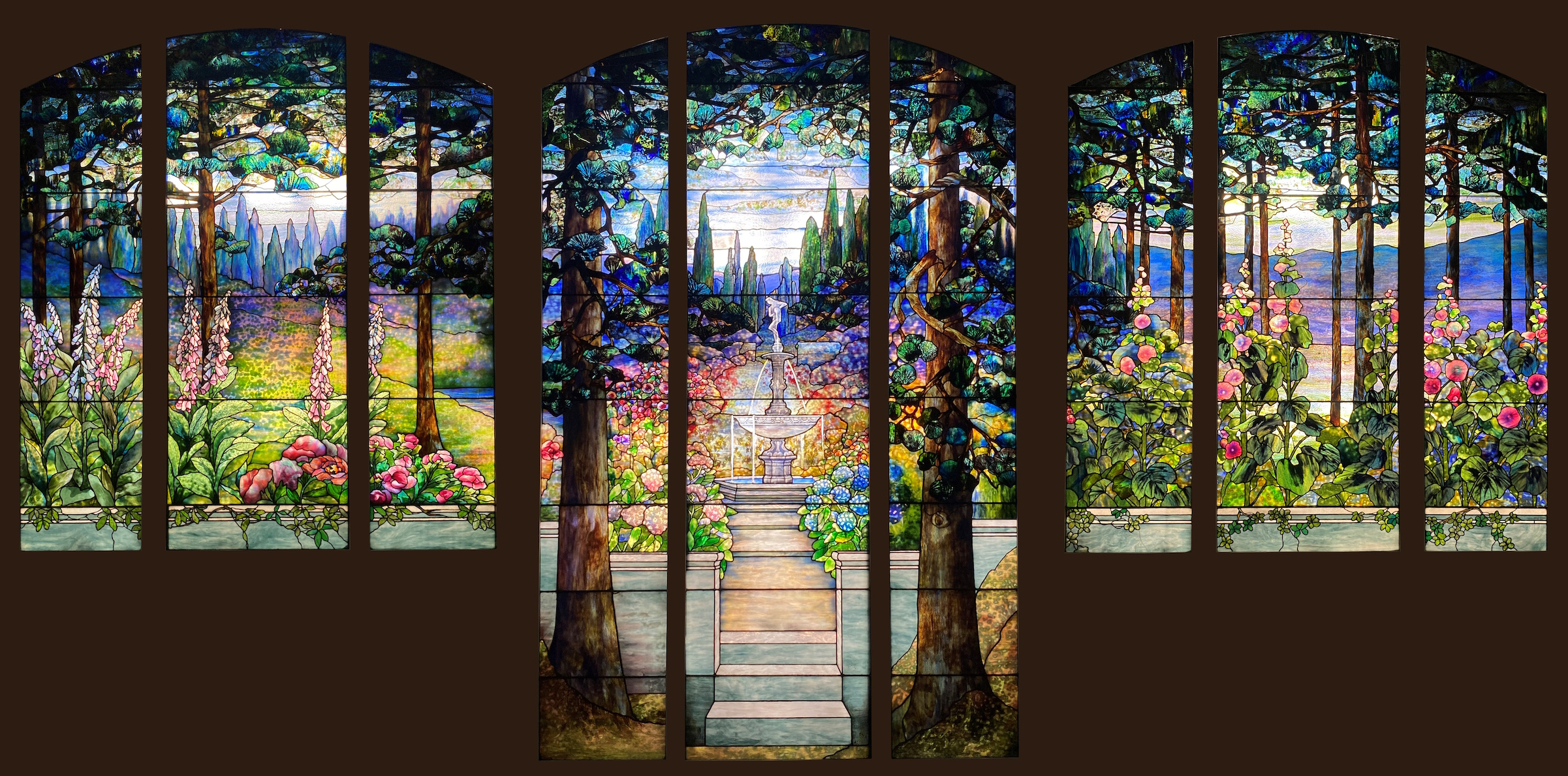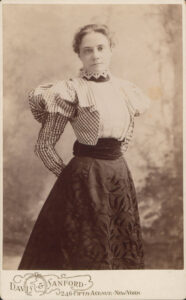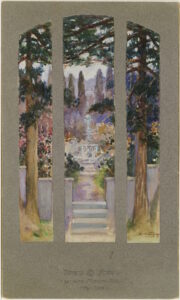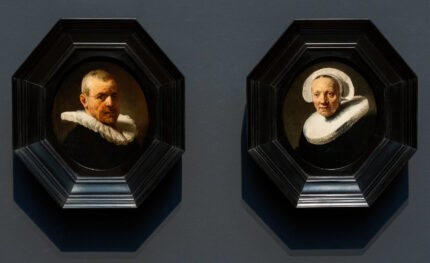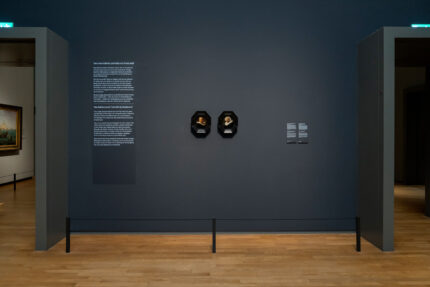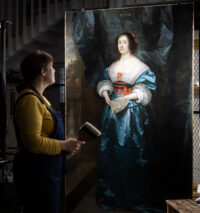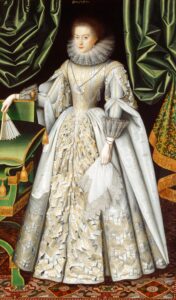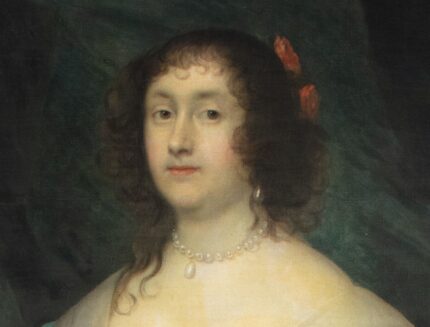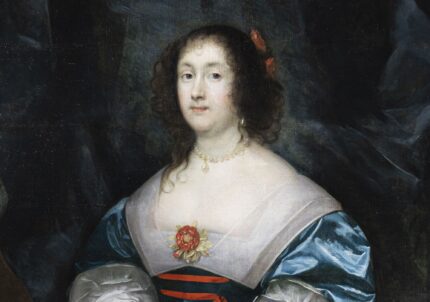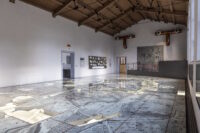 The surviving fragments of the Forma Urbis, the monumental marble map of the city of Rome created between 203 and 211 A.D., have gone on display in a new dedicated museum on the Caelian Hill. The new Museum of Forma Urbis embeds the fragments under the floor of a main hall, superimposed onto Giovanni Battista Nolli’s 1748 Pianta Grande di Roma, an iconographic plan of Rome that lays out the city in a detailed floor plan much like the Forma Urbis did for the 3rd century city.
The surviving fragments of the Forma Urbis, the monumental marble map of the city of Rome created between 203 and 211 A.D., have gone on display in a new dedicated museum on the Caelian Hill. The new Museum of Forma Urbis embeds the fragments under the floor of a main hall, superimposed onto Giovanni Battista Nolli’s 1748 Pianta Grande di Roma, an iconographic plan of Rome that lays out the city in a detailed floor plan much like the Forma Urbis did for the 3rd century city.
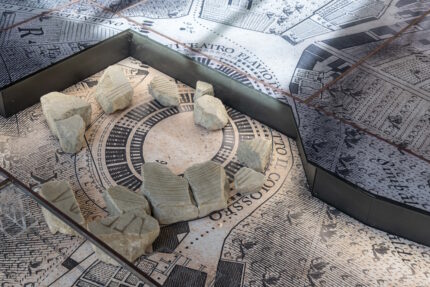 I mentioned the Forma Urbis just last month in connection with the excavation of the Templum Pacis where it was installed on the interior wall of a classroom. The map captured the city to a scale of 1:240, engraving a meticulously detailed floorplan of the city practically room-by-room on 150 marble slabs that had already been affixed to the wall with iron pins. It was damaged and looted for its marble over the centuries. What was left of it was rediscovered in 1562 and the fragments were kept in the Palazzo Farnese until 1741, but they weren’t exactly responsible stewards. Many plates were broken and used as construction material for the Farnese Gardens.
I mentioned the Forma Urbis just last month in connection with the excavation of the Templum Pacis where it was installed on the interior wall of a classroom. The map captured the city to a scale of 1:240, engraving a meticulously detailed floorplan of the city practically room-by-room on 150 marble slabs that had already been affixed to the wall with iron pins. It was damaged and looted for its marble over the centuries. What was left of it was rediscovered in 1562 and the fragments were kept in the Palazzo Farnese until 1741, but they weren’t exactly responsible stewards. Many plates were broken and used as construction material for the Farnese Gardens.
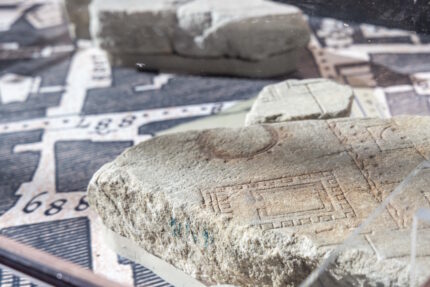 In 1742 the remnants became part of the collections of the Capitoline Museum. Today only 1,186 pieces of it (10-15% of the original) survive from unidentifiable slivers to slabs covering whole blocks. The Temple of Peace was incorporated into the church of SS Cosmas and Damian in the Roman Forum, and the ancient classroom wall is now the façade of the basilica. The traces left on the wall — the holes where the pins were inserted, wear outlines of the slabs — have helped archaeologists puzzle together the fragments. Around 200 of them have been identified and placed on the modern topography of the city mapped by Nolli.
In 1742 the remnants became part of the collections of the Capitoline Museum. Today only 1,186 pieces of it (10-15% of the original) survive from unidentifiable slivers to slabs covering whole blocks. The Temple of Peace was incorporated into the church of SS Cosmas and Damian in the Roman Forum, and the ancient classroom wall is now the façade of the basilica. The traces left on the wall — the holes where the pins were inserted, wear outlines of the slabs — have helped archaeologists puzzle together the fragments. Around 200 of them have been identified and placed on the modern topography of the city mapped by Nolli.
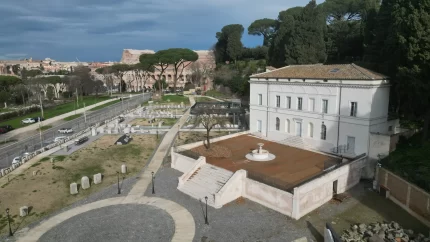 The Museum of Forma Urbis is located inside the new Archaeological Park of the Caelian, a green space on the hill overlooking the Colosseum where a multitude of archeological, architectural and epigraphic remains are now on display. They were unearthed during the excavations of the late 19th century when Rome underwent a burst of construction as the capital of a unified Italy. The Municipal Antiquarium was built on the Caelian in 1884 to store the profusion of archaeological materials found in the excavations. It opened as a museum from 1929 to 1939 but had to close due to structural problems caused by construction of the subway.
The Museum of Forma Urbis is located inside the new Archaeological Park of the Caelian, a green space on the hill overlooking the Colosseum where a multitude of archeological, architectural and epigraphic remains are now on display. They were unearthed during the excavations of the late 19th century when Rome underwent a burst of construction as the capital of a unified Italy. The Municipal Antiquarium was built on the Caelian in 1884 to store the profusion of archaeological materials found in the excavations. It opened as a museum from 1929 to 1939 but had to close due to structural problems caused by construction of the subway.
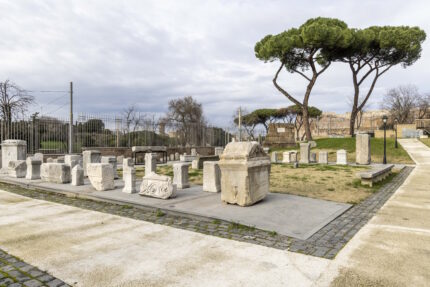 The new park brings these objects back to light organized in thematic groups that will allow visitors to explore aspects of Roman society, how social status was expressed in funerary monuments, the contrast between modest sacred spaces (shrines, sanctuaries) and the largest temples of the Imperial era, the differences between public and private buildings, the evolution of architectural taste and marble processing techniques, and how artifacts were reused and reworked.
The new park brings these objects back to light organized in thematic groups that will allow visitors to explore aspects of Roman society, how social status was expressed in funerary monuments, the contrast between modest sacred spaces (shrines, sanctuaries) and the largest temples of the Imperial era, the differences between public and private buildings, the evolution of architectural taste and marble processing techniques, and how artifacts were reused and reworked.
The Park and Museum open to the public today, January 12th. The Archaeological Park is open daily and is free of charge. The Museum does have a separate entrance fee (9 euros for non-residents), unless you get the MIC card, which if you’re going to Rome you most certainly should get because it’s just 5 euros and gets you free entrance to a ton of museums and sites for a whole year.
